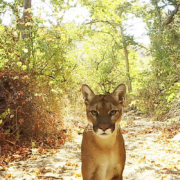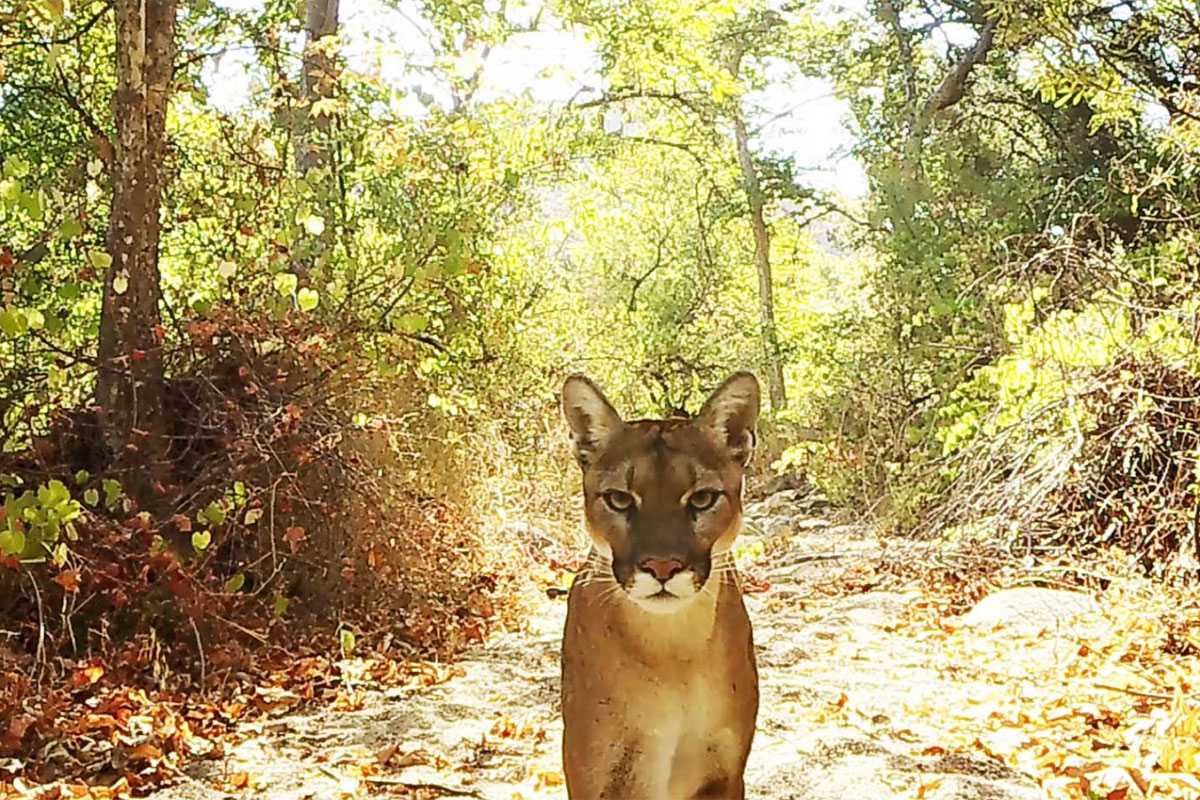Cougars Crossing
Although wildlife crossings have been a priority in some states for a while, for the first time, the federal government is including considerable funding for wildlife crossings in the new infrastructure bill. The first major project planned for spending this money will be in one of the largest and busiest cities in the country. A wildlife crossing bridge over Hwy 101 near Los Angeles, California, will be 200-feet long complete with sound barriers and vegetation, and it will not only make it safer for humans and wildlife on the road, but it will also help the health of the lions.
Studies have found genetic abnormalities in the populations of mountain lions near LA, which have contributed to reduced fertility. These abnormalities stem from inbreeding because the animals can not roam away from the Santa Monica Mountains to find genetically different cougars. They are barred by the freeway. Most who attempt to cross the barrier are hit and killed by cars. This crossing will connect different populations and allow them to mate, creating healthier genetically diverse populations of mountain lions. Wildlife crossings are so important to the health of cougars and other wildlife, not only to connect isolated populations, but also to allow animals to move freely without the threat of vehicles, and to protect people from injury in collisions.

 Photo from Wildlife Health Center UC Davis
Photo from Wildlife Health Center UC Davis


